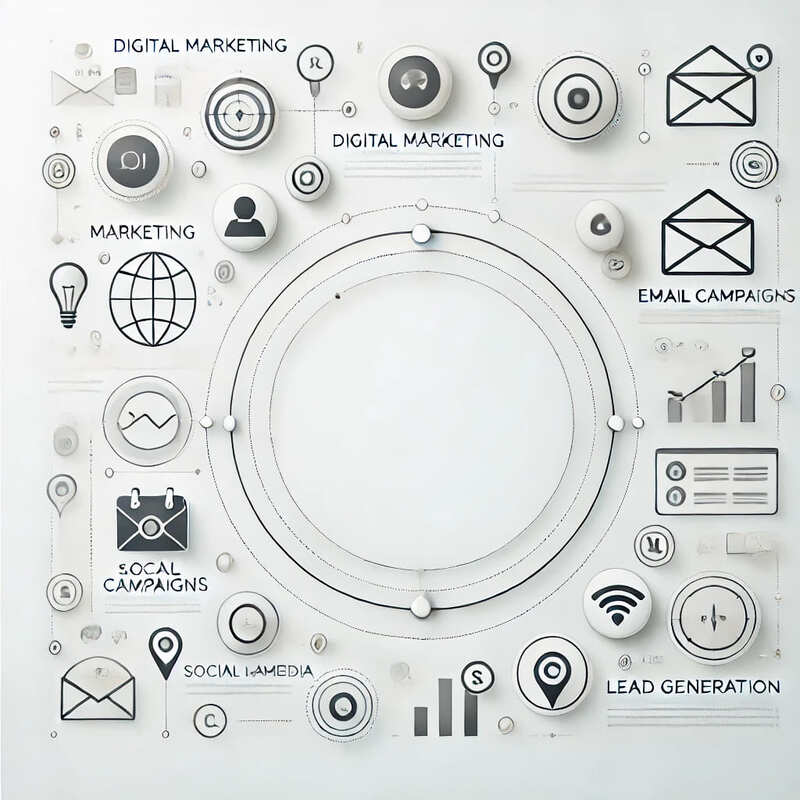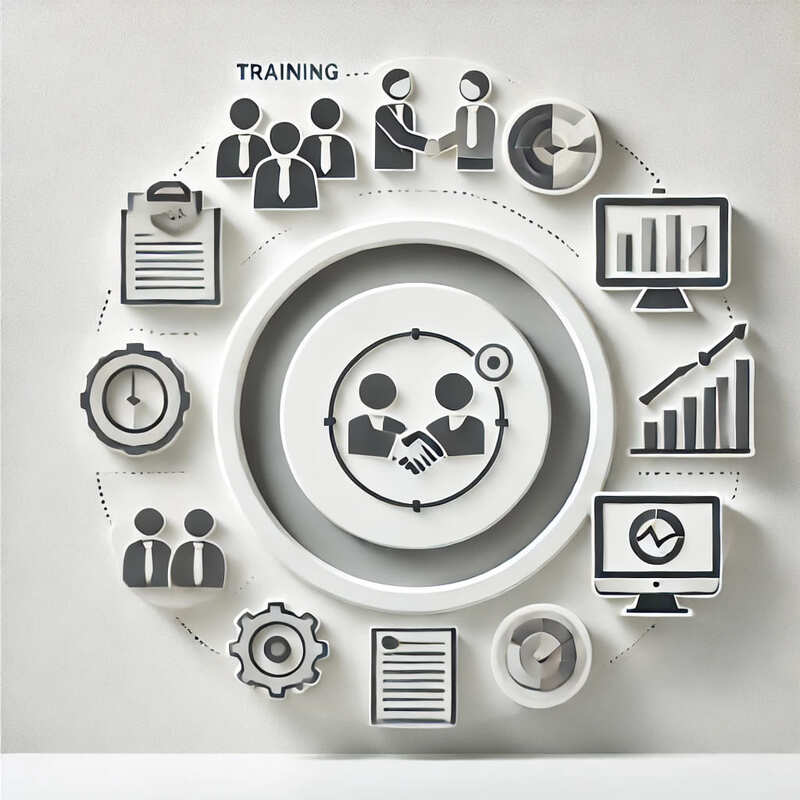Introduction
This article will provide a comprehensive look at each stage of the sales process, from lead generation to closing the deal. We’ll also discuss the tools and techniques that can help you excel at each stage, ensuring that you’re well-equipped to contribute to a businesses’ success.
The Sales Process: An Overview
The sales process is a series of steps that guide your interactions with potential clients. While the specifics can vary depending on the business and the type of sale, a typical sales process might include the following stages:
- Lead Generation: Identifying potential clients who might be interested in your services.
- Lead Qualification: Assessing whether a lead is a good fit for your business.
- Initial Contact: Reaching out to qualified leads to initiate a conversation.
- Needs Assessment: Understanding the client’s needs, challenges, and goals.
- Proposal Creation: Crafting a tailored solution based on the needs assessment.
- Presentation: Presenting the proposal and addressing any questions or concerns.
- Negotiation: Discussing terms, pricing, and other details.
- Closing: Finalizing the deal and initiating the onboarding process.
- Follow-Up: Maintaining the relationship for future opportunities and referrals.
Stage-by-Stage Breakdown
Lead Generation
- Methods: Cold calling, networking, inbound marketing, social media.
- Tools: CRM software, lead generation platforms, email marketing tools.
- Best Practices: Target the right audience, use personalized messaging, track and measure results.
Lead Qualification
- Methods: BANT (Budget, Authority, Need, Timing), GPCT (Goals, Plans, Challenges, Timeline).
- Tools: CRM software, lead scoring algorithms.
- Best Practices: Prioritize high-value leads, use data-driven methods, and involveinvolve key decision-makers.
Initial Contact
- Methods: Email, phone call, social media outreach.
- Tools: Email tracking software, call recording tools.
- Best Practices: Personalize your outreach, be respectful of the prospect’s time, aim for a specific next step (e.g., a meeting).
Needs Assessment
- Methods: Client interviews, surveys, competitor analysis.
- Tools: Survey platforms, analytics software.
- Best Practices: Listen actively, ask open-ended questions, validate the client’s needs and concerns.
Proposal Creation
- Methods: Custom templates, data-driven insights, case studies.
- Tools: Proposal software, document collaboration platforms.
- Best Practices: Address the client’s specific needs, be transparent about pricing, include a clear call-to-action.
Presentation
- Methods: In-person meetings, video conferencing, webinars.
- Tools: Presentation software, screen sharing tools.
- Best Practices: Be prepared, engage the audience, handle objections gracefully.
Negotiation
- Methods: Win-win strategies, multiple rounds of discussions.
- Tools: Contract management software, e-signature platforms.
- Best Practices: Be flexible but firm, understand the client’s constraints, aim for a mutually beneficial agreement.
Closing
- Methods: Verbal agreement, signed contract, handshake.
- Tools: CRM software, contract management platforms.
- Best Practices: Confirm all details, provide a smooth onboarding process, celebrate the win.
Follow-Up
- Methods: Thank-you emails, regular check-ins, customer satisfaction surveys.
- Tools: Email automation platforms, CRM software.
- Best Practices: Show appreciation, ask for feedback, explore opportunities for upselling or referrals.
Key Takeaways
- The sales process is a structured approach to converting leads into clients.
- Each stage of the process has its own methods, tools, and best practices.
- Mastery of the sales process is crucial for long-term success in sales.



